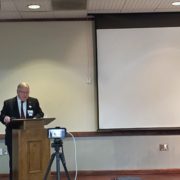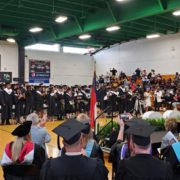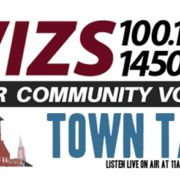TownTalk: Chief Barrow Discusses Weekend Shootout
Henderson police are searching for four suspects in connection with an exchange of gunfire outside a convenience store on West Andrews Avenue Saturday afternoon.
Police Chief Marcus Barrow spoke with John C. Rose on Tuesday’s Town Talk and provided an update on the weekend incident that took place over the course of about one minute in the parking lot of Gate City Foods on 601 W. Andrews Ave.
“We received a call around 4:15 or 4:20,” Barrow said, but officers arrived to find that the suspects had left the scene. After reviewing the surveillance video, the police identified four suspects and subsequently obtained warrants for their arrest.
“For the past two days, we’ve been out looking for the suspects,” he said, adding that his office is working closely with other agencies, including the Vance County Sheriff’s Office.
A vehicle thought to have been involved in the incident was located on Nutbush Road Saturday evening, and Barrow said between the store’s surveillance video, the location of the car and other evidence, he believes his department has made “a really good case against these individuals.”
While taking cover from the exchange of gunfire, one of the suspects was seen with a long gun of some sort – Barrow said he thinks it could be a type of automatic rifle. One of the subjects recently had been released from prison in connection with a homicide that had taken place several years ago; Barrow said it is believed that the incident was retaliation for that homicide.
According to Barrow, warrants have been issued for:
Jaymon Gibson, 24; Charles Green, Jr., 23; Anthony Sanders, Jr., 18; and Jordan Turnage, 21;
All four suspects are charged with assault with a deadly weapon inflicting serious injury and discharging a weapon into occupied property. Gibson also is charged with possession of a firearm by a felon.
Barrow said one of the suspects is believed to have injured one or both feet in the incident.
Anyone with information about the location of the four suspects is urged to call 911, Henderson Vance Crime Stoppers at 252.492.1925, or use the P3 app or Facebook Messenger.
CLICK PLAY!









